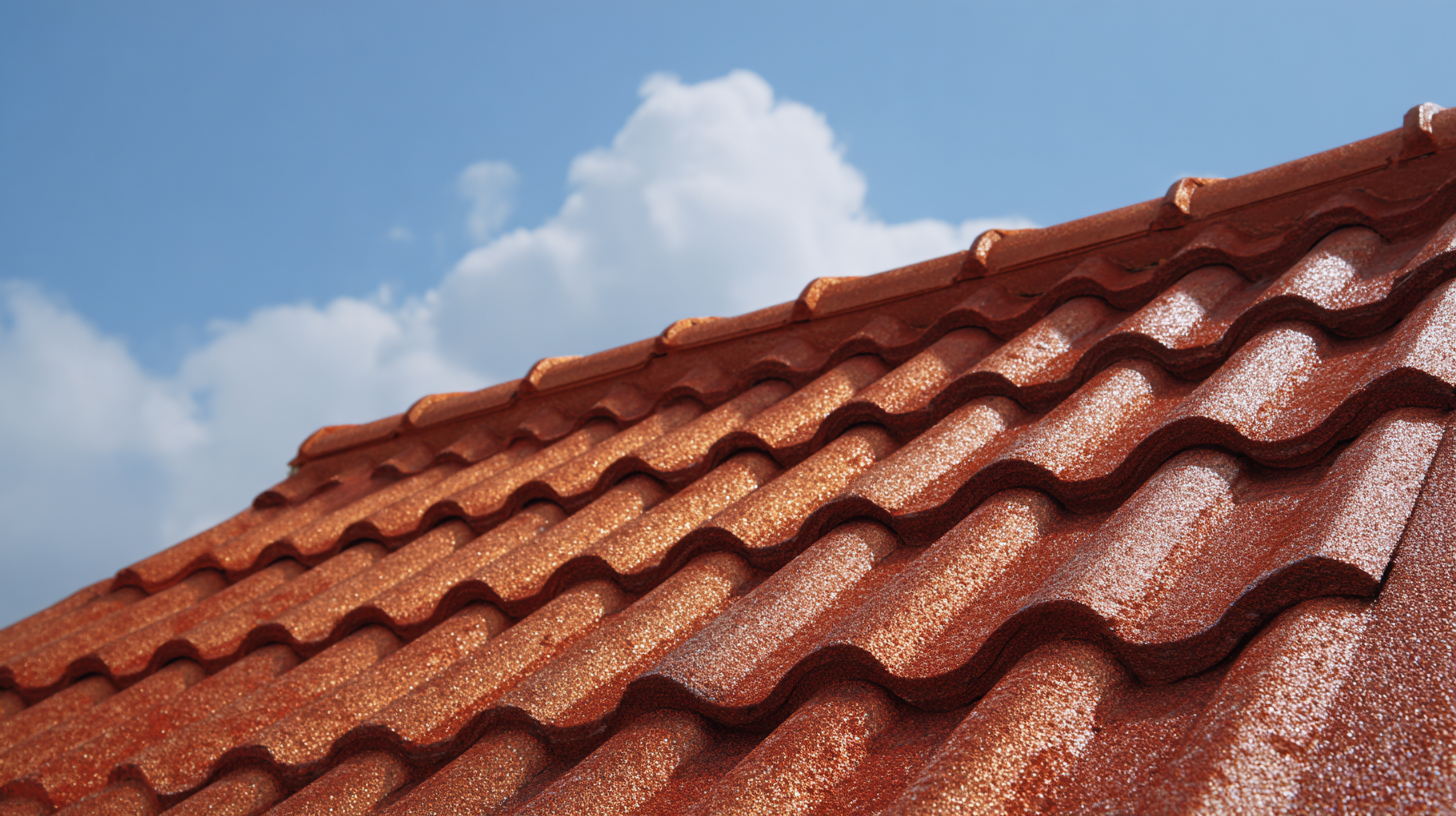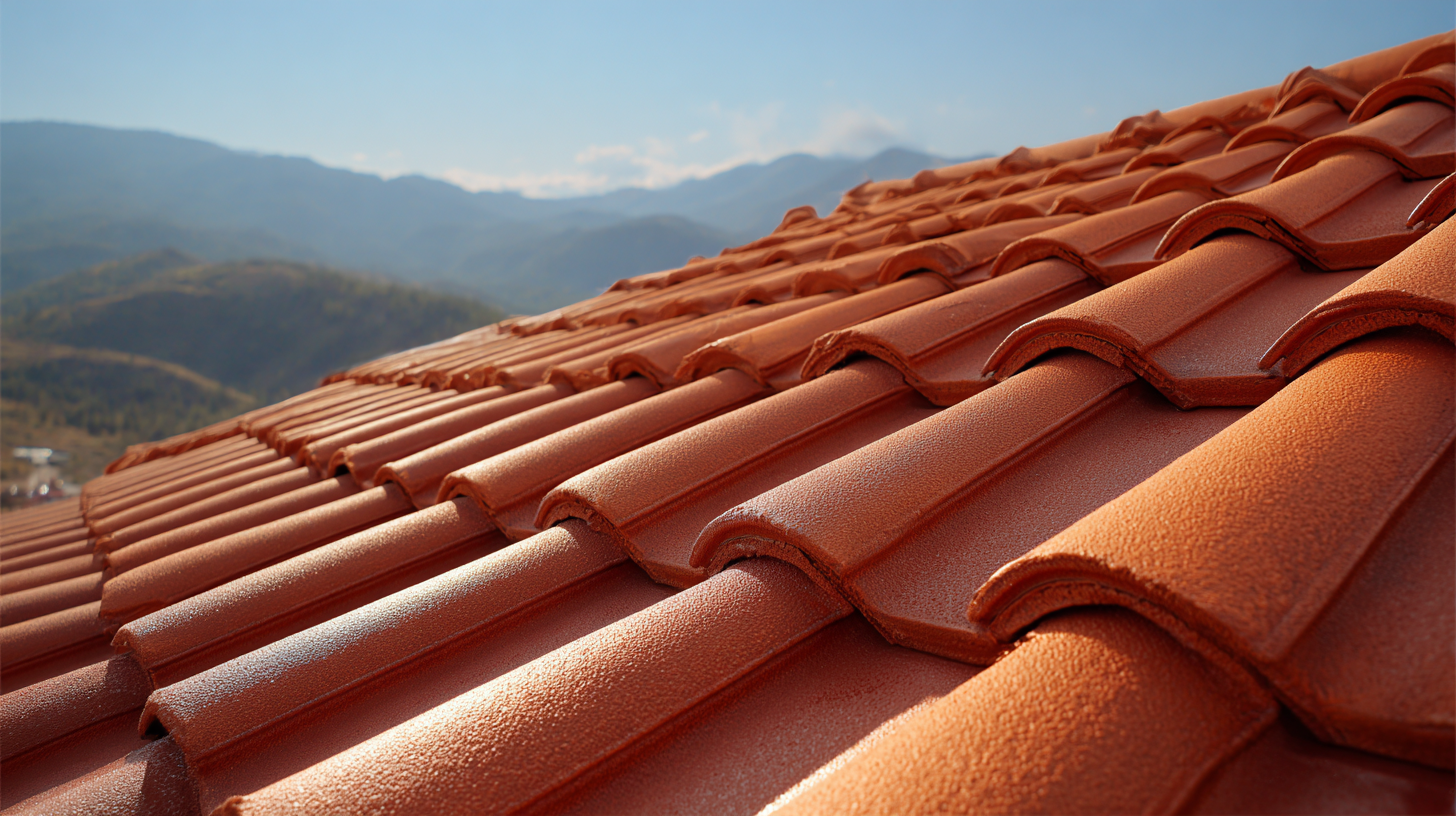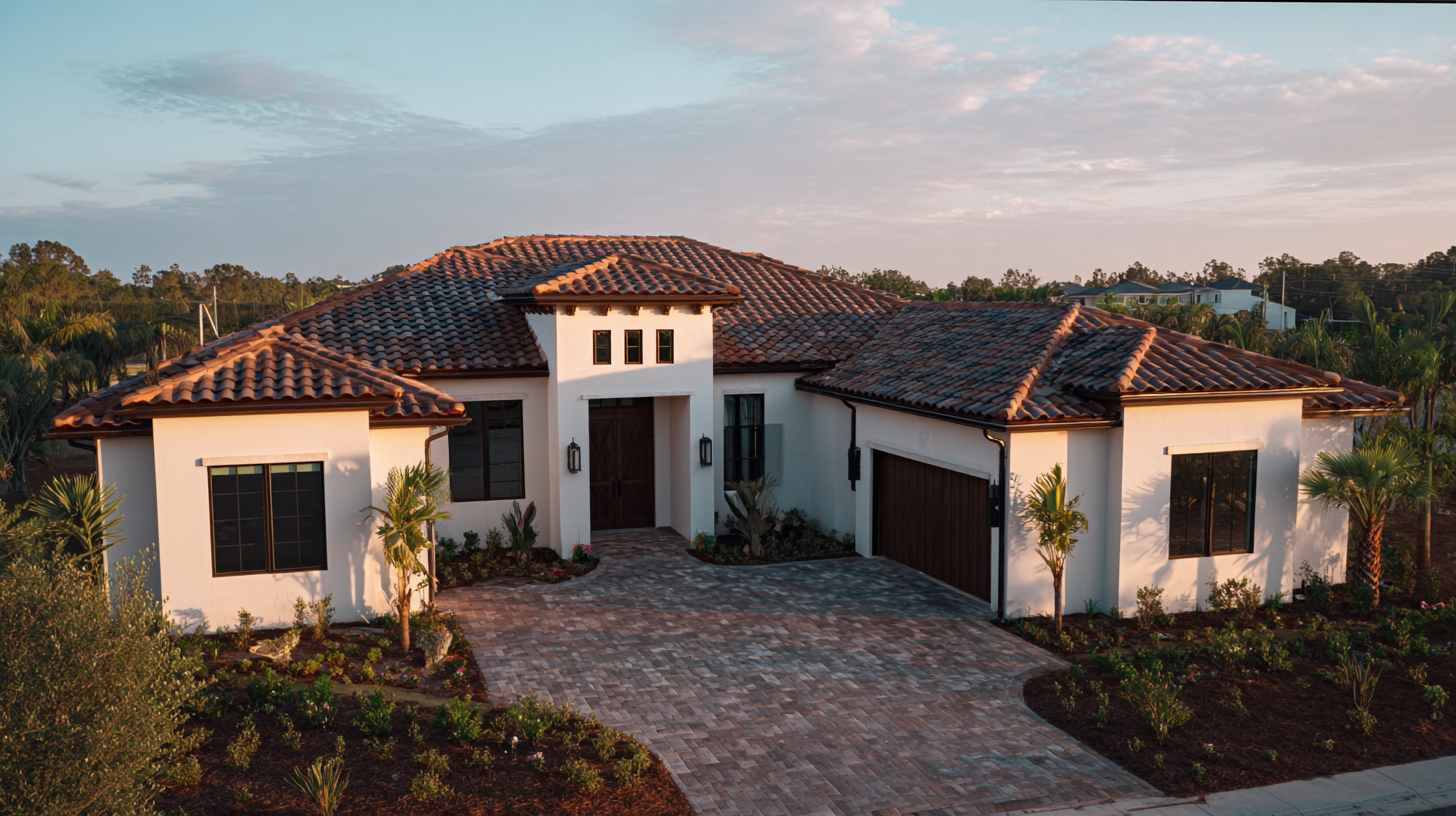
Leave Your Message
-
Phone
-
E-mail
-
Whatsapp

The construction industry is on the brink of transformation, with innovative materials leading the charge towards more efficient and sustainable building practices. One such advancement is the adoption of Light Weight Roof Tile applications, which are rapidly gaining traction due to their numerous benefits. According to a report by the Global Construction Perspectives, the global lightweight construction materials market is projected to reach $255 billion by 2024, with light weight roofing solutions expected to play a pivotal role in this growth. These tiles not only reduce the overall weight of roofing systems, minimizing structural demands, but also enhance energy efficiency, thereby significantly lowering heating and cooling costs. As the industry pivots towards eco-friendly solutions in response to climate change, embracing Light Weight Roof Tile technologies stands as a promising approach to revolutionizing construction projects across the globe.

In recent years, the construction industry has been undergoing a significant transformation, particularly with the adoption of innovative materials such as lightweight roof tiles. These tiles, often composed of advanced composites or metals, offer numerous advantages over traditional roofing materials. According to the National Roofing Contractors Association, lightweight roof tiles can reduce the overall weight of the roofing system by up to 30%, leading to lower structural costs and enhancing the longevity of the building. This weight reduction allows for more flexible architectural designs without compromising structural integrity.
Moreover, lightweight roof tiles are engineered for exceptional durability and energy efficiency. A report from the U.S. Department of Energy highlights that these tiles can improve thermal performance by reflecting more sunlight, subsequently reducing energy consumption for heating and cooling by 20-30%. Consequently, not only do they provide a sustainable roofing solution, but they also contribute to lower utility bills for homeowners and businesses alike. The innovative properties of lightweight roof tiles are revolutionizing the construction landscape, making them a compelling choice for modern building projects focused on efficiency and sustainability.
| Material Type | Weight (kg/m²) | Thermal Resistance (R-value) | Fire Rating | Lifespan (Years) | Cost per m² |
|---|---|---|---|---|---|
| Plastic Composite | 5 | 3.5 | Class A | 30 | $25 |
| Clay Tile | 8 | 2.8 | Class A | 50 | $30 |
| Metal Tile | 6 | 4.0 | Class A | 40 | $28 |
| Fiberglass Tile | 4 | 3.0 | Class B | 20 | $20 |
| Cementitious Tile | 7 | 2.5 | Class A | 25 | $22 |
The construction industry is undergoing a significant transformation with the rising adoption of lightweight roof tiles, highlighting an essential move towards sustainability. An industry report by the Global Concrete & Roof Tile Association indicates that lightweight roofing materials can reduce the overall weight of a building by up to 20%. This reduction not only eases the stress on structural frameworks but also minimizes the amount of material needed, resulting in lower resource consumption and waste generation.
Furthermore, lightweight roof tiles often utilize recycled materials, significantly contributing to a decrease in the carbon footprint associated with construction projects. The Environmental Protection Agency (EPA) estimates that adopting sustainable building materials can reduce greenhouse gas emissions by as much as 25%. By implementing lightweight roof tiles, construction companies are not only prioritizing durability and efficiency but are also actively participating in global efforts to mitigate environmental impact. This innovative approach not only enhances the longevity and performance of buildings but also aligns with the growing demand for eco-friendly construction practices.

Lightweight roof tiles are not just a trend; they represent a paradigm shift in the construction industry, significantly enhancing cost efficiency in various projects. One of the most notable economic advantages of these tiles is their reduced weight, which translates to lower transportation costs and easier handling on site. This can lead to substantial savings in both labor and material expenses, making lightweight tiles a budget-friendly option for contractors and homeowners alike.
When considering lightweight roof tiles for your projects, keep in mind these tips for maximum cost efficiency: First, assess the overall structural design of your building to ensure compatibility with lightweight materials, which can allow for less robust support systems. Second, explore bulk purchase options or local suppliers to minimize shipping costs. Lastly, always compare the long-term benefits of lightweight tiles against traditional options to realize potential energy savings and maintenance reductions, further enhancing your project's return on investment.
The use of lightweight roof tiles is not only about economic savings but also about sustainability. These materials often come with environmentally friendly properties, which can qualify your project for green building certifications. Furthermore, the installation of lightweight tiles reduces strain on existing structures, contributing to longevity and durability, ultimately making them a smart financial choice for future-proofing your construction endeavors.
The role of Chinese manufacturing in setting global standards for roof tiles is becoming increasingly significant, particularly as construction projects prioritize quality and performance. According to a report by MarketsandMarkets, the global roof tile market is projected to reach $34.7 billion by 2025, showcasing the growing demand for innovative and lightweight materials. Chinese manufacturers have responded to this trend by implementing stringent quality control measures that align with international standards. This ensures that their products not only meet the durability and aesthetic requirements of modern architecture but also adhere to environmental regulations, thus driving sustainability in construction.
In 2021, China's roof tile production was estimated at over 1.5 billion square meters, a substantial figure that underscores its position as a leading supplier to markets worldwide. With advancements in technology and manufacturing processes, Chinese companies are producing lightweight roof tiles that offer enhanced insulation, weather resistance, and longer lifespans compared to traditional options. As these innovations continue to evolve, collaboration between Chinese manufacturers and global stakeholders will be essential in establishing comprehensive quality assurance protocols. These efforts exemplify how Chinese manufacturing is not only transforming local industries but also influencing global roof tile standards, leading to better construction practices worldwide.
The construction industry is on the brink of a significant transformation, primarily driven by the growing adoption of lightweight roof tiles. These innovative materials not only reduce the overall weight of structures but also enhance their energy efficiency. With modern construction practices increasingly leaning towards sustainability, lightweight roof tiles are becoming a preferred choice due to their eco-friendly attributes and remarkable durability. This trend signifies a shift from traditional heavy roofing materials, opening new avenues for architects and builders to create designs that are not only aesthetically pleasing but also structurally sound.

Moreover, the rise of smart technology integration in construction has led to advancements in lightweight roof tile applications. Recent developments include tiles that can incorporate solar technology or that are designed for better insulation, further optimizing energy consumption. As the demand for efficient, sustainable buildings grows, lightweight roof tiles are proving to be an essential component in modern construction strategies. Their versatility allows for customized solutions that cater to varying environmental conditions, making them a vital player in the future of construction.